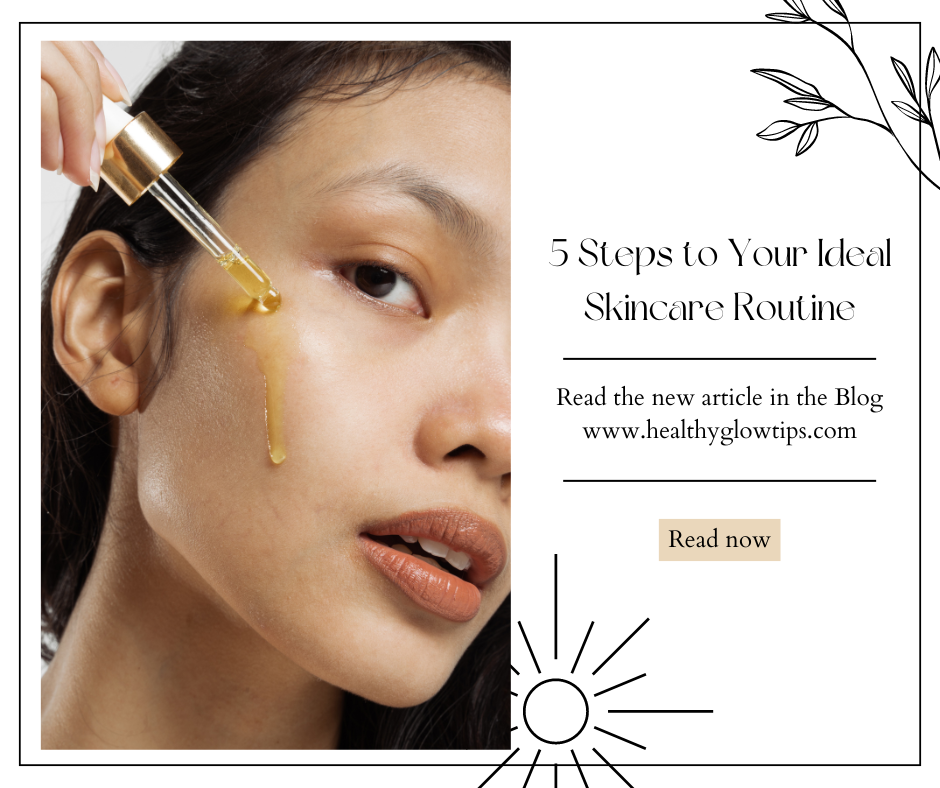Does Sunburn Turn to Tan? Myths Debunked

Introduction
Many also confuse a sunburn with tanning, thinking that an angry red burn will transition into an attractive golden tan. This myth can lead to risky tactics for sun exposure and potential skin damage later in life. In this post, we’ll look at the differences between sunburn and tan, the question of whether sunburn can become a tan, and safe alternatives for a sun-kissed glow.
What is Sunburn?
Sunburn is a skin injury caused by excessive exposure of the skin to ultraviolet (UV) radiation from sunlight or from sources like tanning beds. It’s, in effect, a radiation burn that alters the DNA in skin cells.
This includes the immediate effects of a sunburn:
- Redness and inflammation
- Pain and tenderness
- Swelling
- Itching
- From late blisters and fever in bad cases
What is a Tan?
But tanning is the skin’s natural defense system against ultraviolet radiation.When skin gets sunlight, it produces more melanin, the pigment that determines the skin color. This causes to increase melanin production that results in dark skin tone.
Tanning procedure is done in the following two stages:
- Immediate pigment darkening: A darkening that occurs right away that goes away within hours
- Delayed tanning: A longer lasting tan which comes on a few days and can last for weeks
Sunburn Vs Tan
The key difference between sunburn and tan is how the skin responds to UV exposure:
- Sunburn signals skin damage, tanning is a protective mechanism
- Sunburn can develop in only a few hours after sun exposure, but tanning takes typically days to develop
- Sunburn hurts, making you cranky, tanning usually doesn’t hurt
Can Sunburn Turn to Tan?
Contrary to a common misconception, a sunburn doesn’t turn into a tan.
Another myth is that sunburn turns into a tan. In fact, when skin gets sunburned, it’s being damaged at the cellular level. As the burn heals, the damaged skin cells slough off, exposing fresh skin beneath. If it has made more melanin in response to the UV exposure, this new skin will be darker than the surrounding tissue.
But using sunburn to get tanned is very dangerous. It can lead to:
- Skin cancer in higher risk
- Premature aging of the skin
- Long-term skin damage
Preventing Sunburn
To prevent this from becoming a sunburn with all its complications, please keep in mind:
* Use broad-spectrum sunscreen with an SPF (sun protection factor) of at least 30
- Apply and reapply SPF every two hours, and immediately after swimming or sweating
- Stay in the shade, especially between the hours of peak sun (10 am to 4 pm)
* Use protective clothing, wide-brimmed hats and sunglasses
Safe Ways to Achieve a Tan
If you crave a tanned look, there are safer options than sunbathing:
- Increase sun exposure slowly, beginning with no a lot of 10-15 minutes a day
- Apply self-tanning products or get a spray tan
- For a natural, subtle glow, eat beta-carotene–rich foods
Treatment for Sunburn
If you do get sunburned, please take these immediate actions:
- Put a cold compress on your skin or take a cool bath.
- Aloe Vera or Moisturizer to sooth the skin
* Water, a great hydration source - Use over-the-counter pain medications if necessary
After sunburn, long-term care of skin: - Keep the skin moisturized
- Do not expose yourself to sun until discharged
* Try using vitamin C and E products to help repair skin damage
Conclusion
Hence, it is important to understand the difference between sunburn and tan for healthy skin. Even though you might want a tan, it’s worth remembering that any change in skin color due to UV exposure is a sign of damage. Always protect yourself from the sun and consider healthier tanning alternatives to have great skin in the long-term.
Further Reading/References
- American Academy of Dermatology: Sun Protection:
- Skin Cancer Foundation: UVA and UVB Explained
- Mayo Clinic: Sunburn Treatment and Prevention


